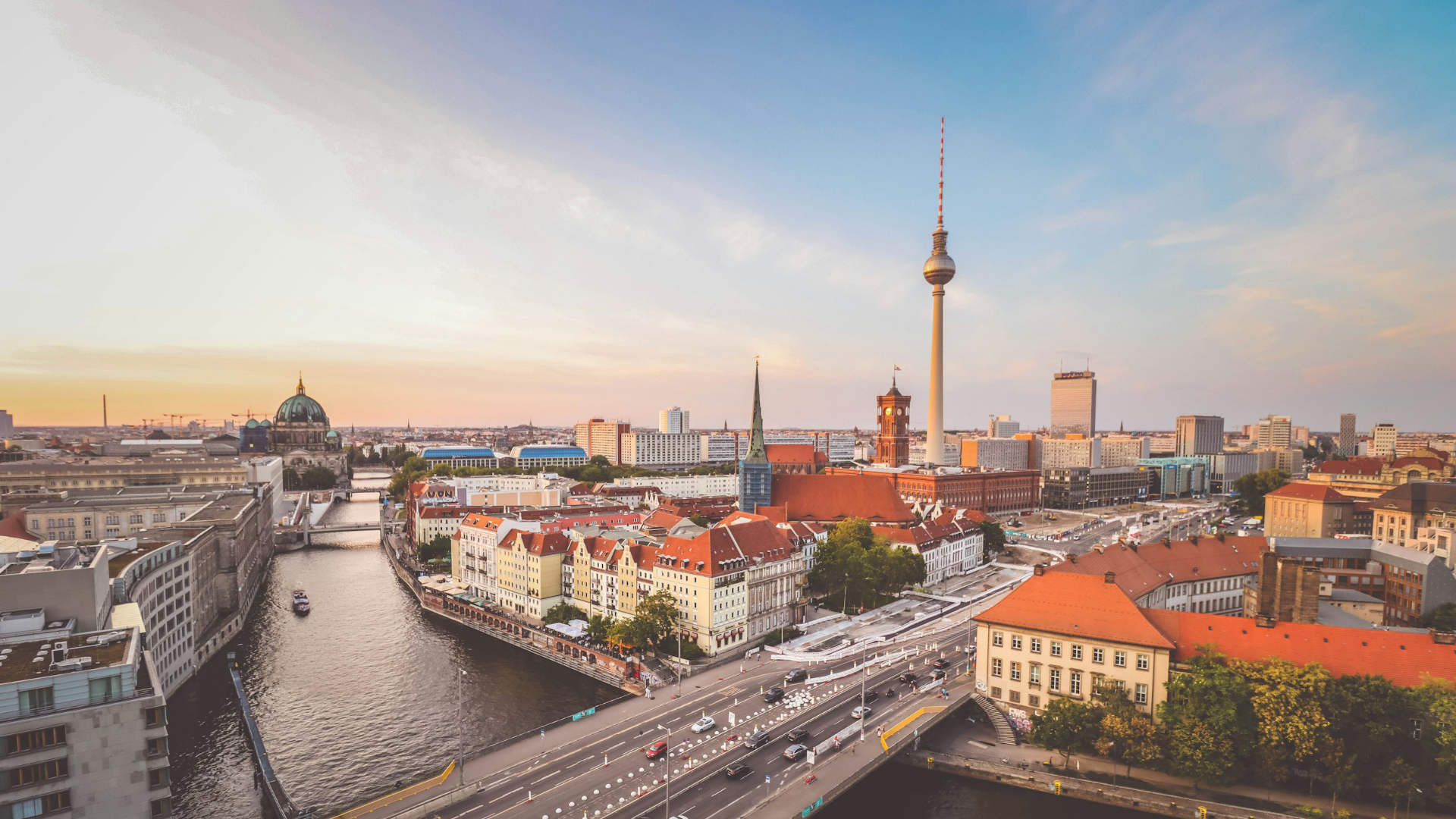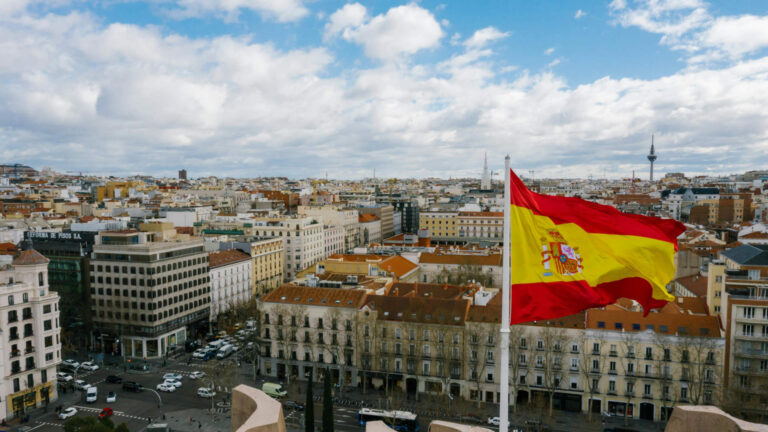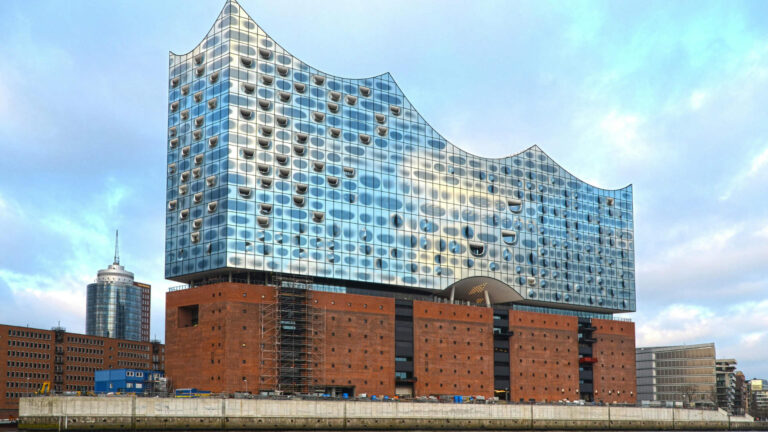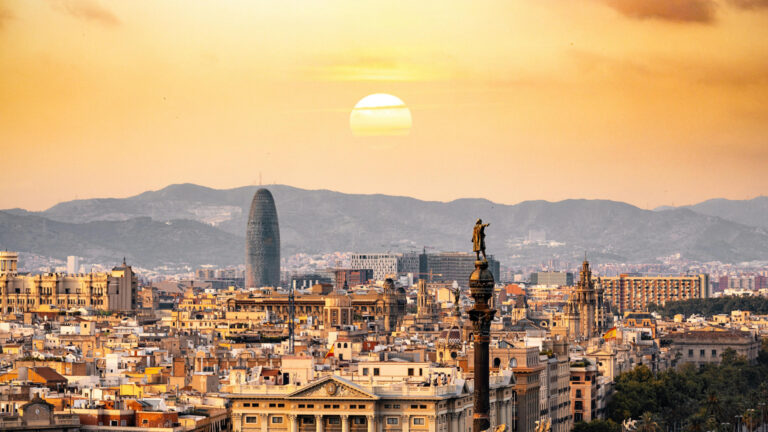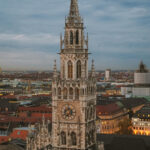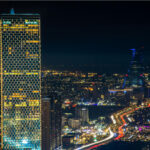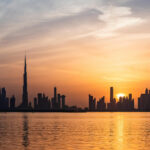Berlin greeted me with a crisp morning breeze and the quiet hum of a city that had seen and survived everything. The streets pulsed with history, rebellion, and reinvention, a place where the past and present coexisted in raw, unapologetic contrast. As I stepped onto the cobbled sidewalks, the scent of fresh bread from a nearby Bäckerei mixed with the distant aroma of Turkish döner stands, a reflection of Berlin’s multicultural heartbeat.
My first stop was Brandenburger Tor, the city’s most iconic landmark, standing tall as a symbol of unity and resilience. As I walked beneath its massive columns, I imagined the countless historical moments that had unfolded here—Napoleon’s army marching through, Cold War divisions splitting the city in two, the crowds that had gathered to celebrate reunification. Tourists snapped photos while locals cycled past, unfazed by the history surrounding them.
From there, I followed Unter den Linden, the grand boulevard lined with historic buildings and embassies, making my way to the Reichstag. The German parliament building, with its glass dome gleaming in the morning light, stood as a testament to democracy rebuilt from the ashes of the past. I climbed to the top, where the panoramic view of Berlin stretched in every direction—modern skyscrapers, sprawling parks, and remnants of the city’s divided past weaving together in a skyline like no other.
Hunger led me to Kreuzberg, Berlin’s most vibrant and rebellious district. The graffiti-covered walls, the indie cafés, the scent of street food in the air—it was clear this was where the city’s creative soul thrived. I stopped at a small döner shop, ordering a classic Berlin favorite: Döner Kebab, served in a warm, fluffy flatbread with crisp vegetables and a tangy garlic sauce. The first bite was everything—savory, spicy, fresh. Around me, artists, students, and old Berliners shared tables, engaged in conversations in a mix of German, Turkish, and English.
Refueled, I set off towards Checkpoint Charlie, one of the most famous crossings of the Berlin Wall. The small, reconstructed guardhouse stood as a reminder of a time when the city was physically divided, when freedom was just a few meters away but impossible to reach. Nearby, the Topography of Terror museum told the darker story of Berlin’s past—its years under Nazi rule, the oppression, the resilience of those who had resisted. The photographs, documents, and remains of Gestapo headquarters were haunting, a necessary confrontation with history.
The afternoon took me to East Side Gallery, where the longest remaining stretch of the Berlin Wall had been transformed into an open-air art exhibit. The murals were striking—some hopeful, some angry, all powerful. The famous image of the Fraternal Kiss, where Brezhnev and Honecker locked lips, was even more surreal in person. Walking along the wall, I felt the weight of Berlin’s past, but also its defiant optimism, its refusal to be held down by history.
Seeking a change of pace, I headed to Tempelhofer Feld, the former airport turned massive urban park. The wide, open runways stretched endlessly, now used by skateboarders, cyclists, and kite-flyers. It was Berlin at its best—reinventing itself, turning a once-divisive space into something communal and free. I sat on the grass, watching families picnic, groups of friends sharing beers, and older Berliners simply enjoying the fresh air.
As the sun set, I made my way to Prenzlauer Berg, where tree-lined streets and historic altbau buildings gave the neighborhood a quieter charm. I found a small, candlelit restaurant and ordered a plate of Sauerbraten, the classic German pot roast served with red cabbage and potato dumplings. The flavors were rich and comforting, the slow-braised meat melting in my mouth. I paired it with a Berliner Weisse, the local sour beer traditionally served with a shot of raspberry syrup. The tartness was refreshing, a perfect balance to the heaviness of the dish.
Nightfall transformed Berlin. The city, already alive, seemed to vibrate with new energy. I wandered into Berghain, the legendary nightclub hidden behind an unmarked concrete façade, its industrial walls pulsing with electronic beats. Inside, the music was relentless, the crowd lost in the rhythm, no pretension, no limits—just movement, freedom, and a sense of being part of something bigger than yourself.
As dawn approached, I found myself on the banks of the Spree, watching the city wake up again. The water reflected the neon lights of the clubs, the first trams rumbled in the distance, and Berlin, ever resilient, ever changing, stood before me as a city unlike any other. It was raw and refined, chaotic and calm, historical and futuristic all at once.
Berlin wasn’t just a place—it was a feeling. A city that never tried to be beautiful, yet somehow, in all its contradictions, was the most captivating place I had ever been.

